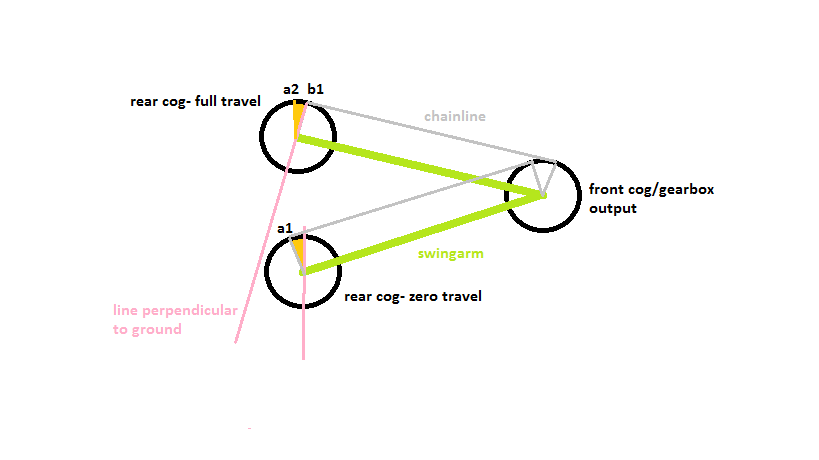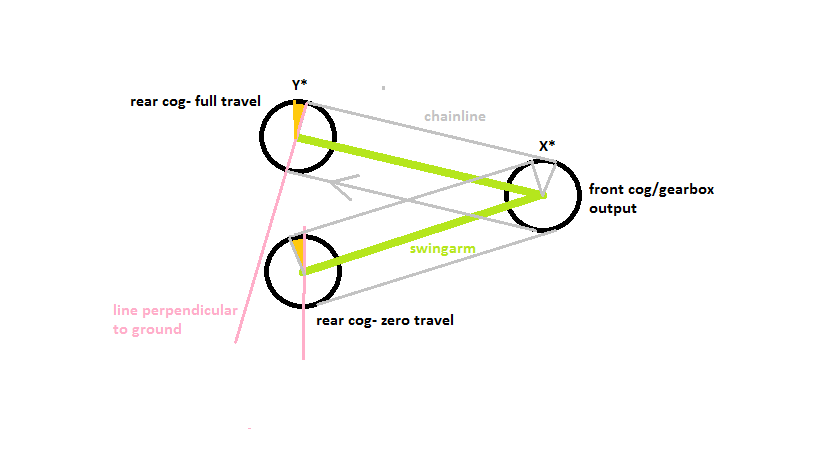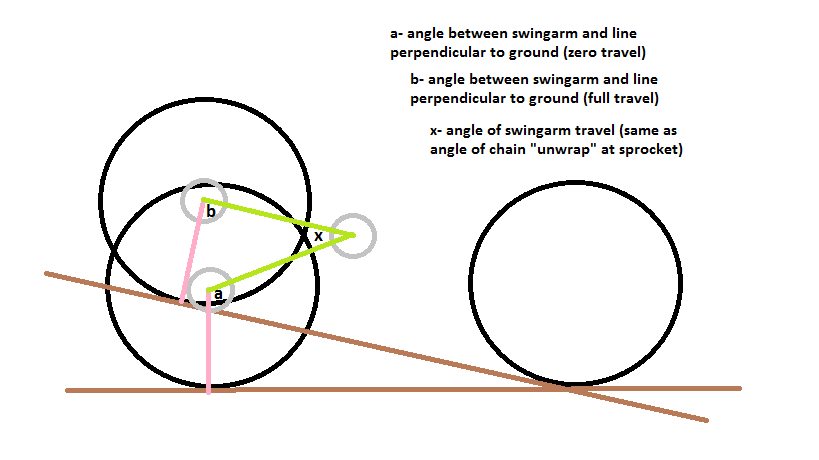haha, then you have variable chainline and thus variable anti-squat in the one gear... could work, could make people think you've lost the plot entirelyFixed for ya!
Edit- how about Biopace cogs rotated around 30* to give a larger chainforce that was in sync with the vertical increase in load. Is this "thinking out of the box" or just a brainfart!



 .
.

 .
.

 .
.


